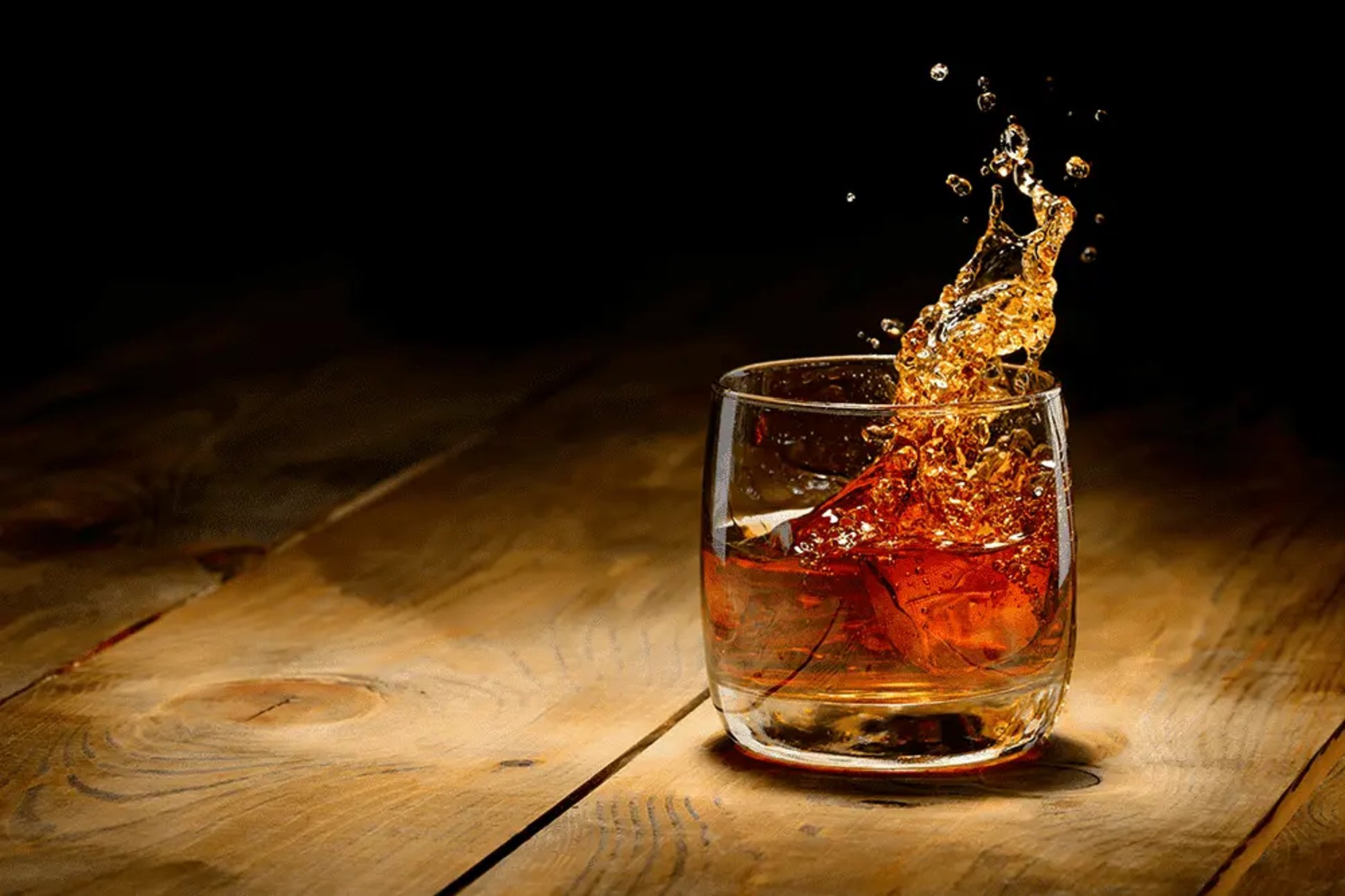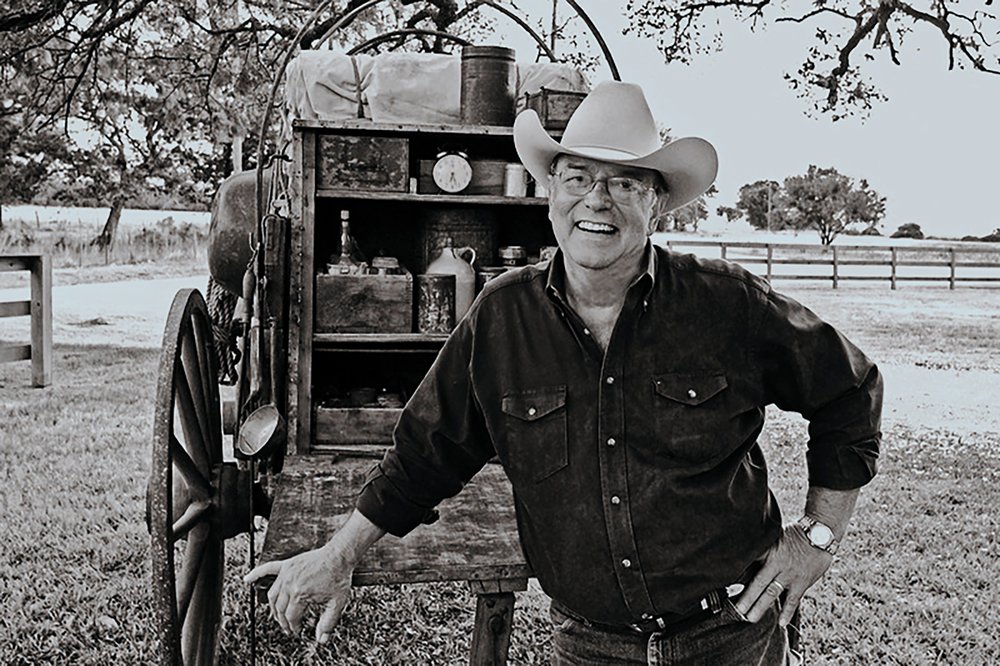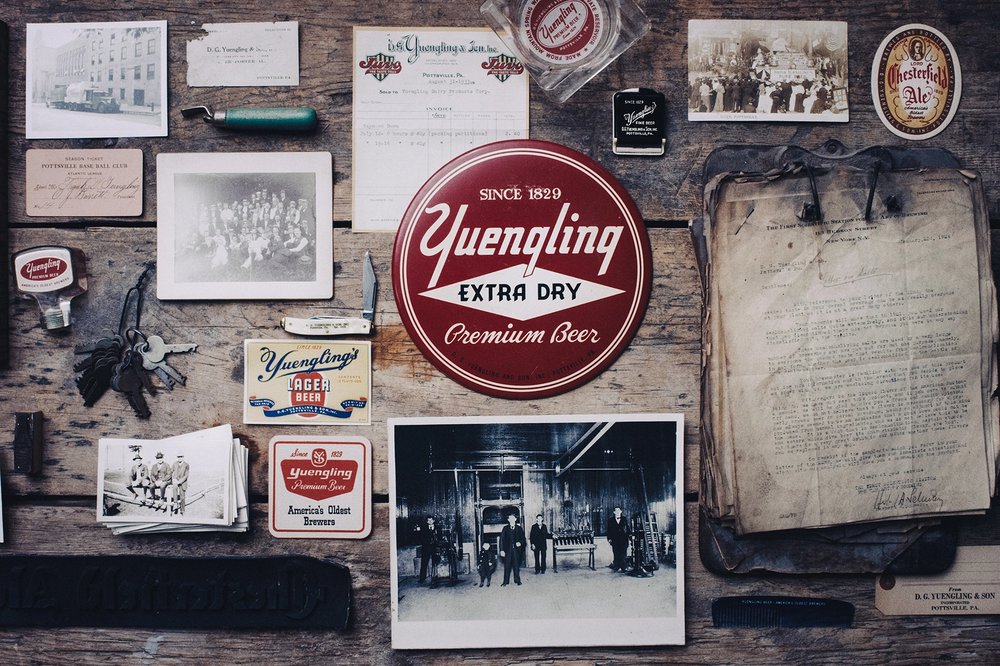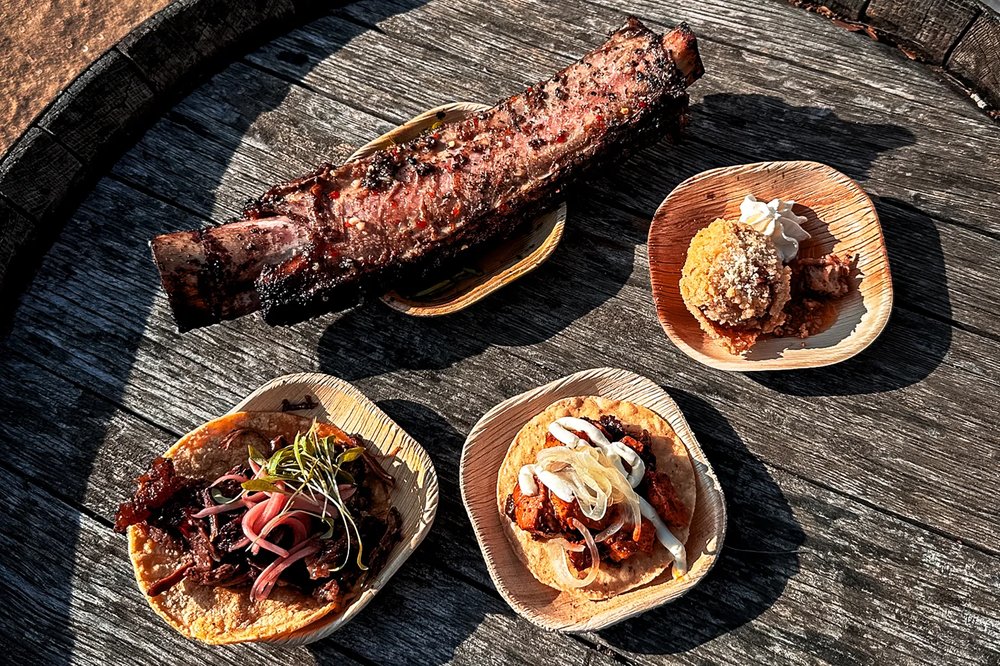Your stalk among the misty hills is successful. You follow tradition, giving the stag a last meal of heather and pouring a wee dram into a tin cup to toast his life. Later that evening, you recount your adventure to friends in the local pub. Raising a glass of whiskey to the animal, the place, the hunt.
In my mind, there are only two libations worthy of outdoor adventure: Scotch whisky and Irish whiskey. Scotch’s smokey and primitive flavors are perfect companions in the wild, where you climb and crawl to harvest a magnificent beast. It’s a distinctly masculine drink. In town among friends, Irish whiskey is the social, gregarious accompaniment to your tale-telling.

Whiskey is the perfect opportunity to up your drinking and sporting game. It has a storied past in the outdoors, with dozens of bottles portraying hunting, fishing, and the prey we pursue. Writer David Daiches calls whiskey “a spirit that commemorates the good life. The determination of strong men who use the resources of nature to refresh themselves and to fully enjoy their accomplishments through their full senses.”
Yes, you spell “whisky” differently for each version, but that’s not the only difference. History, myth, culture, and geography all inform the making of these two iconic beverages. So stoke the campfire, designate a driver, and let’s go on an adventure.
The History of Distilling Whiskey
The ancient art of distilling was perfected by moonshiners in the Irish countryside in the 12th century. By brewing beer partway, boiling it, and harvesting the steam, then aging in wood barrels, monks eventually created “aqua vitae” or “water of life.” Soon, Irish nobility was placing orders with local monasteries like we now order fudge and fruitcake. The Scots glommed onto the technique and set about creating their own culture around “uisge-beatha.”
Geographic distinctions prevailed, and whiskey’s paths diverged. Soon there were two. Irish whiskey has malted and unmalted barley as its base. Scotch whisky gets its character solely from malted barley. Malting is a process of moistening grain and allowing it to sprout.
From there, it gets complicated. With roasting, other grains, blending, the shape of the still, and even the type of cask in which the magical fluids are aged. Traveling from one country to the other across a stormy sea can become a fun diversion from beer or a life-long obsession.

Enough history talk. Let’s pour and taste.
Eliciting a Smile Through Your Senses
Irish, as the progenitor of all whiskey, deserves pride of place and first taste. Lighter, more subtle flavors, greet your tongue with a tickle, not a thump. It starts in the back of your mouth and works into your nose, eliciting a subtle smile. While Scotch may assault your taste buds, Irish caresses them with a firm stroke. You’ll often find hints of pear, caramel, and vanilla.
Reflecting its rugged homeland, Scotch is more rough-and-tumble. Roasting malted barley over a peat fire allows distillers to run the flavor gamut from a gentle tingle to a raging inferno. The untamed “spirit in the spirit” makes Scotch a perfect exclamation point on a hunting or fishing trip. It is the taste of wild places.
Seaweed and saddle leather, mist and heather, creosote and salt air don’t sound all that appealing. But for the distilling, where they are refined to homeopathic quantities and married with burning peat. Sounds disgusting; tastes exquisite.
While relating your tale of outwitting a 10-point buck, either whiskey adds texture to the story. If you don’t toast your quarry at every crescendo, each stumble and shot, you’re missing the point of fine liquor shared with good friends.
I’ve raised a wee dram with Sons of St. Patrick and Scots whose brogue was unintelligible. They’ve poured it into everything from red Solo cups to fine crystal. Author and angler Robert Traver said whiskey tastes better in a tin cup. A classic rocks glass is, well, classic. Your hand warms the bottom, and the right amount of fragrance emerges as you sip.
Like a great opera singer, these venerable spirits deserve a solo turn. Serve neat, and in the case of Scotch add a few drops of good water to “open” the flavors. While slowly sipping, savor the day and honor your quarry. If you must, a whiskey stone is better than ice as it won’t dilute the precious mélange of history and mystery you’re imbibing.
Examining the Process of Malting & Aging Whiskey
The term single malt signifies entirely producing Scotch whisky from malt in one distillery. The term "blended malt" signifies that single malt whisky from different distilleries is blended in the bottle (and believe me, there are a number of incredible blended malts!). While most are Scotches, there are now some fine Irish single malts.
(Quick note: There are plenty of variations on the original foundational beverages: blends of several Scotches or Irish whiskeys, Canadian whisky (also blended), Tennessee and Kentucky whiskey, bourbon, rye … and variations on each.)
A whiskey's aging vessel dramatically affects the complex symphony of flavors and aromas. All are rested in repurposed oak barrels, most often bourbon casks. You find oak and vanilla notes in many as a result.
Some distilleries will then move their young Scotch to sherry or port casks. By law, both must age at least three years in the barrel, and if a bottle shows an age statement, e.g. "12 Years Old" the youngest whisky in the bottle is at least 12 years old. Irish whiskey’s differing chemistry elicits citrus aroma from the same barrels. Distilleries also use sherry, rum, wine, or cider barrels, lending notes of dried fruit, cinnamon, chocolate, coffee, and tannins.

Bourbon barrels were “charred” before hosting that spirit. So while the smokiness of peated barley might prevail, that burnt-then-soaked-in-bourbon wood adds more layers of flavor. Rest assured, thanks to the alchemy performed by a master distiller, they are delightful in the glass.
Shopping for the Right Whiskey
When shopping, price is a pretty good starting point, though there are many fine “affordable” choices ($30-$40) and many undeserving bottles upstream of $75. Generally, the older the better, with 10 years being the age when edges begin to soften and subtleties emerge, flavors meld and develop.
Then, it’s personal preference. For Scotch, start with their region of origin. Distilleries are often in very rural areas from wind-swept islands to lush glens. The major regions are Campbeltown, Highland, Islay, Lowland, and Speyside. If you’re the sporting type, you’ll find Speyside a delight, coming as it does from a legendary salmon-fishing river. If you love hoppy beer, try a peaty malt from Islay—some will hit your tongue like a tornado looking for a trailer park.
Irish distilleries are likely to be in small towns or cities, the major regions are Munster, Waterford, West Cork, Kerry, and Tipperary. Each has its champions lauding water quality, still shape, and distiller’s methods. I’ve found the regional taste distinctions much more striking among Scotches, but you may discover subtleties in the Irishes as well.
Always an adventure in a glass, whiskey can be as complicated as you want, or not. I pack an easy-drinking bottle in my kit for post-hunt toasts with newbies. In camp, there’s an eye-burning, peaty, Islay. We compliment our outdoor lifestyle with drinks as bold as we are … ready, willing, and able to pursue the hunt and honor our game and our companions. Cheers!
embed



